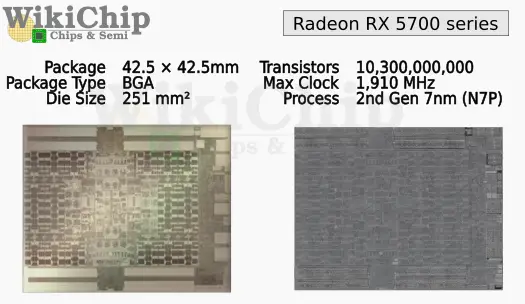The thing is, we have no idea how stable their OC is across all games on the platform (PC). And more importantly how stable that OC would be across all retail cards featuring that chip. There are likely retail cards that can't hit that OC. And we don't know what yield cut-off MS was targetting. Without the possibility of salvage chips, they would have to go more conservative with clocks.
Regards,
SB
Yeah, MS have stated that every working 52 CU XSX chip is within their clock and power thresholds. They don't scrap anything that works properly. With the high cost of 7nm and limited capacity this is understandable.
For PS5, Mark Cerny stated explicitly during his Road to PS5 presentation that 2.23hz was as high as they could boost and be sure of operation. He outright stated that - he was not being conservative at the time, he was at the limit. And these are systems that must have a uniform performance profile across every single unit. And unlike PC cards, these decisions must be made many, many months before release. They can't set clocks for relatively tiny numbers of units (by console standards) 6 weeks before launch, and have them set to boost opportunistically based on that particular part and its local environment. MS had set their clocks by the end of 2019.
PS5 and XSX have slightly older designs than Navi 21 (which can actually drop to sub 2 ghz under stress!) and especially Navi 22, and you can't engineer based on hope.
It's a bit unrealistic when people look at clock speeds of binned parts, that enter mass production months later, with matured and likely tweaked manufacturing processes, with later revisions of the tech, and say "that's where consoles should be". Just look at how much has changed between November and March, never mind December 2019 and March 2021.
If MS and Sony were in the position of deciding on clocks for new parts today, they would be higher. But then you wouldn't be seeing those systems for 9 ~ 12 months.


